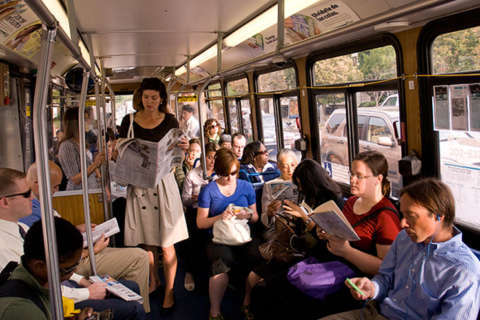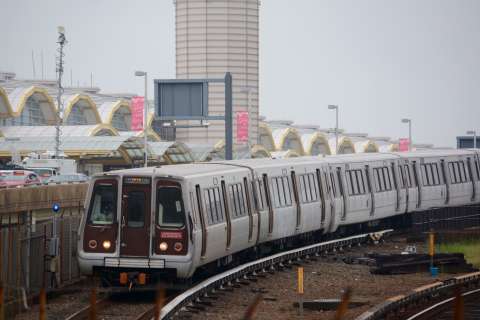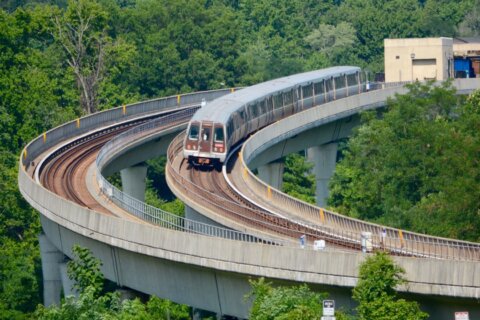WASHINGTON — Metro is exploring new layouts and signs at its busiest stations to reduce overcrowding, plans which come as the agency also lowers the bar for station evacuations in order to err on the side of caution when smoke is reported.
Station crowding issues can become especially acute when a train breaks down and has to be offloaded.
While the overall raw number of rail car problems is down over the last few years, rail car issues were the cause of 72 percent of train offloads from January 2016 to August 2017, most commonly because of brake problems.
Metro Board briefing documents say service adjustments to turn trains around due to crowding elsewhere in the system accounted for 11 percent of train offloads in the period, while police investigations, sick passengers and other public needs accounted for 10 percent. Smoke or fire, signal or other track infrastructure issues were the cause of 7 percent of offloads.
The stations that tend to be most crowded during offloads or at other busy times could see short-term changes like new signs on the ground pointing riders toward areas of the station that are often more empty and temporary stanchions during particularly busy times to direct riders to certain stairs or escalators like Metro already does before Nationals games at Navy Yard.
Changes are possible at Gallery Place, Navy Yard, Metro Center, L’Enfant Plaza, Farragut North and Union Station.
Emergency evacuations
Overall, there have been 24 emergency evacuations between January 2016 and September 2017 including passengers deciding on their own to get off a train outside of a station, Metro-assisted evacuations for a broken-down train and station evacuations due to smoke or fire.
Twelve of the 24 evacuations were of stations due to reports of smoke or fire in or near the platforms. Overall, smoke and fire incidents in the system rose in the last three months compared to the same period in previous years.
Metro also says it is quicker to evacuate stations as a precaution now than in the past when smoke is reported.
In five of the 24 evacuations, riders were guided off stalled trains by Metro staff. In seven instances, riders decided on their own to “self-evacuate.”
“The majority of passenger self-evacuations occur when passengers remain on the train after it’s announced that the train will be removed from service … or unintentionally sent to a rail yard,” the briefing documents said. “Enhanced processes have been implemented to prevent customers remaining on trains when they are removed from service, such as having the rail operator walk through the train before moving to the yard.”
The reported self-evacuations, which Metro warns can be very dangerous given trains moving on the opposite track and the 750-volt third rail, include four instances since a highly publicized September 2016 case on a crowded Red Line train following a Nationals game and Team USA hockey game.
Derailments, collisions
In July, August and September, three separate out of service trains collided with either other railcars or standing posts.
In one of the cases, a train ”was found in contact with a bump post and had damage.” Federal investigators have warned of the risk of trains rolling away if proper safety procedures are not followed. In another case, a train lost power and rolled back into another car and in the third incident one train bumped into another in a maintenance shop.
Metro reported five total derailments in July, August and September. It is changing procedures for taking the equipment over switches.
Three of the derailed vehicles were owned by contractors, so Metro also plans to step up inspections of those vehicles.







